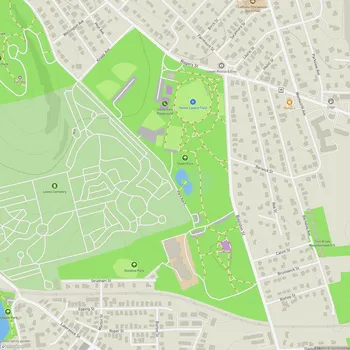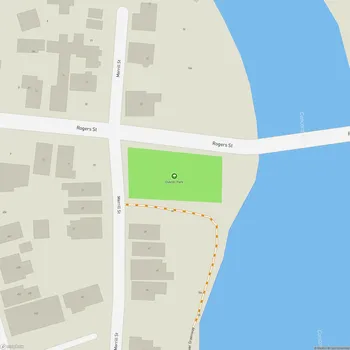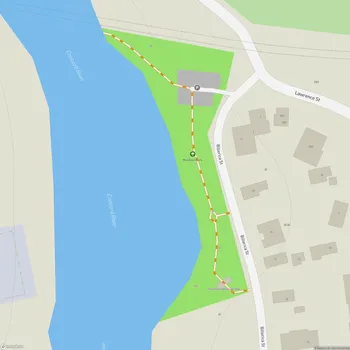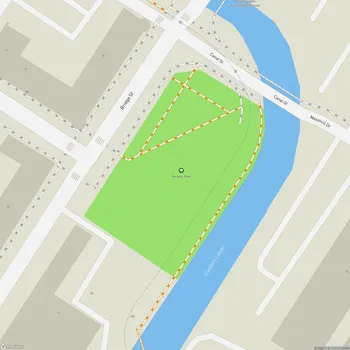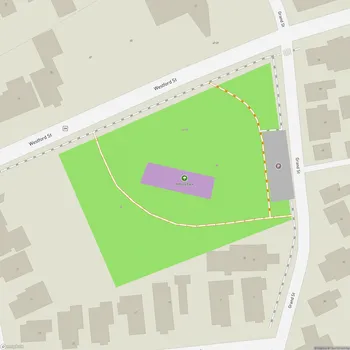Fort Hill Park
Fort Hill Park Map
About Fort Hill Park in Lowell
Rogers Fort Hill Park in Lowell, Massachusetts, is a historically and aesthetically significant green space spanning approximately 35 acres. The park is divided into 11 acres of meticulously landscaped grass, gardens, and paths, with the remaining 24 acres consisting of serene wooded areas. Its roots trace back to the 19th century when the Rogers family owned the land. In 1886, the property was transformed into a public park after its donation by Elizabeth Rogers as part of a city beautification effort.
The upper portion of the park was designed by notable landscape architect Ernest Bowditch in a naturalistic style, while the lower portion was later developed with more formal landscaping by the renowned Olmsted firm between 1904 and 1911. This dual approach results in a blend of elegant gardens and organic wooded retreats. Heritage trees such as beech, Japanese maple, sugar maple, and a Camperdown elm enhance the park's visual appeal, making it a unique location for nature enthusiasts and history lovers alike.
Steeped in Native American significance, the hill at its core was once the site of a palisade constructed by Wannalancit, the last sachem of the Pennacook Confederacy. Over the decades, the park has seen various developments, including the addition of fountains, walkways, and gardens. It once even hosted a small zoo and deer paddock but is now a tranquil space for picnics, walking, and enjoying scenic views.
Rogers Fort Hill Park remains an integral part of both the Belvidere neighborhood and the Rogers Fort Hill Park Historic District, reflecting Lowell's 19th-century suburban residential growth. Today, it is cherished for its quiet charm, historical value, and natural beauty.
